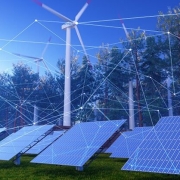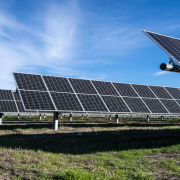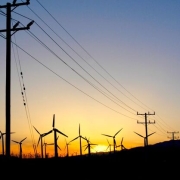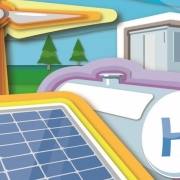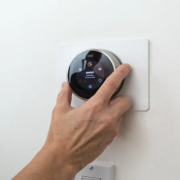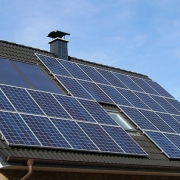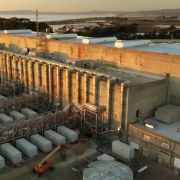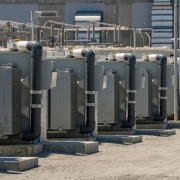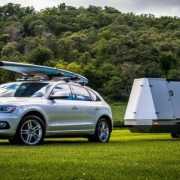This summer could be the first one in which virtual power plants—networks of small batteries that work in tandem to function like power plants—are large enough to make their presence felt by helping to keep the lights on during the hottest days.
After years of pilot projects, utilities and battery companies now have networks with thousands of participants in California, Utah and Vermont, among others.
The batteries in virtual power plants add megawatts of capacity to the grid when electricity demand is at its highest. And most of the electricity from the batteries is generated by rooftop solar.
Click here to read the full article
Source: Inside Climate News
—
If you have any questions or thoughts about the topic, feel free to contact us here or leave a comment below.

